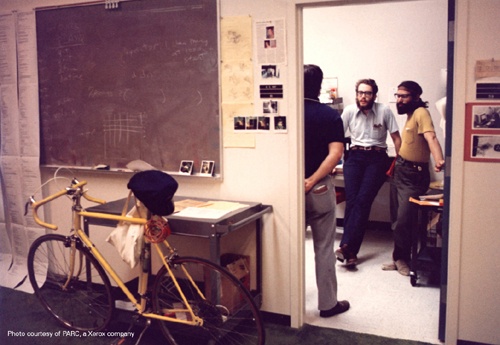Chapter 6. The History and Future of Calm Technology
XEROX PARC (PALO ALTO Research Center) was founded in 1970 as the Research & Development Lab of the Xerox Corporation. The name âXeroxâ today is most commonly associated with copiers and printers, but from the â70s to the late â90s, Xerox PARC was a hub of alternative and groundbreaking computing research, spanning every type of technological device imaginable. The number of breakthrough innovations that emerged from PARC in the â70s is legendary, from precursors to the modern graphic user interface, object-oriented programming, and desktop publishing to the first widespread adoption of Douglas Engelbartâs mouse.

My focus in this book has been on a somewhat later chapter in PARCâs history: a body of work whose real value is just now starting to reveal itself. In the 1980s, three PARC researchersâMark Weiser, John Seely Brown, and Rich Goldâbegan to envision a future in which people interacted with many small devices in their lives, what Weiser called âpads, tabs, and boards.â Their work took place long before mobile devices had any real computing power, yet they managed to make working prototypes of a mobile ...
Get Calm Technology now with the O’Reilly learning platform.
O’Reilly members experience books, live events, courses curated by job role, and more from O’Reilly and nearly 200 top publishers.

